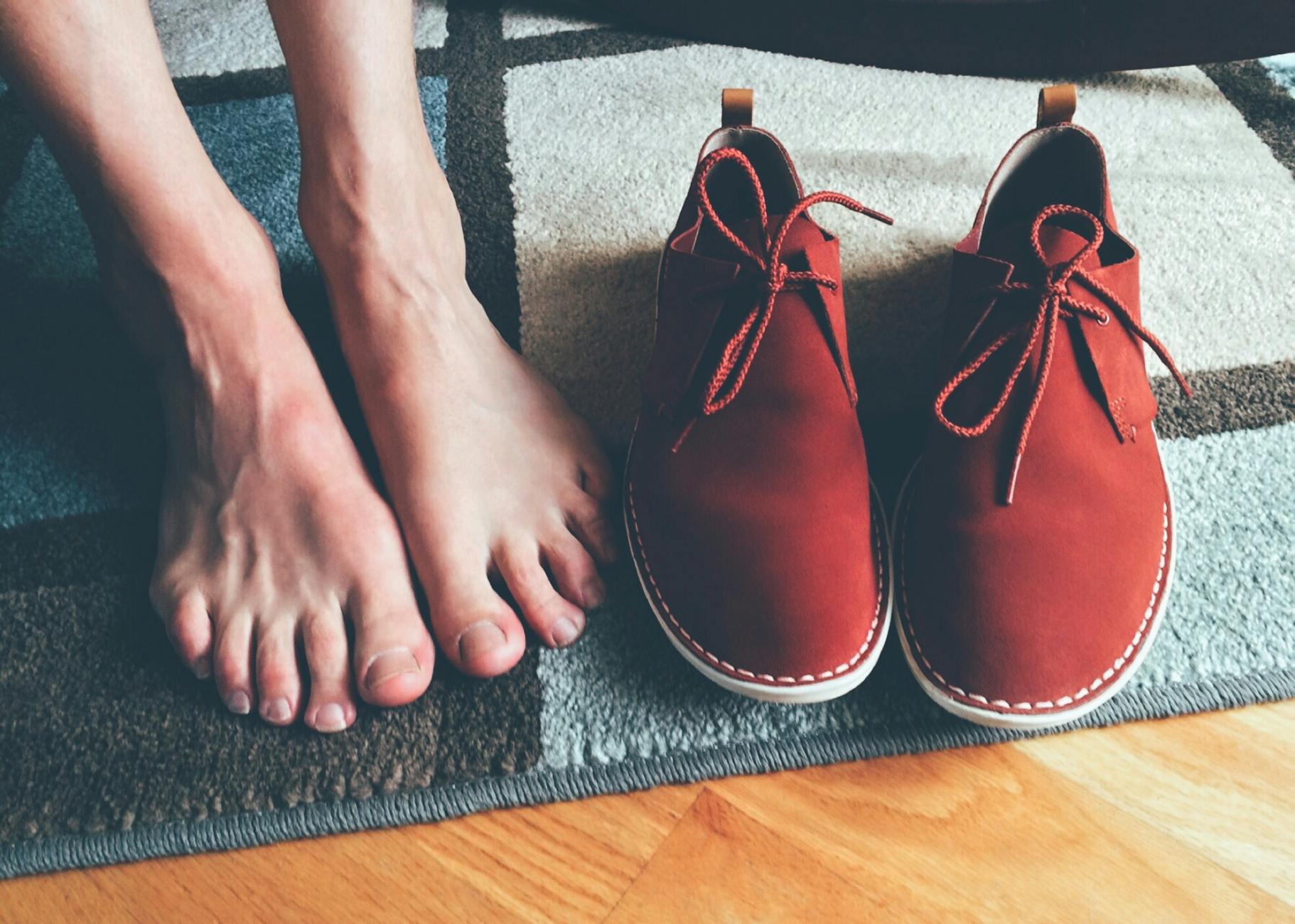Bunions can be an annoyance, but they can also be a major issue. And, they’re pretty common. Approximately 23 percent of people under 65 years old and 36 percent of people over 65 have bunions.
Keep reading this article to learn about all the different ways you can treat bunions.
What Is A Bunion?
Bunions usually appear as a large bump on your big toe’s joint. The joint that bunions form on is called the metatarsophalangeal joint. Bunions tend to push your toe in, causing your other toes to become misaligned. You can also get bunions on your little toe, but it’s far less common.
If you see a large bump on your foot, particularly if it becomes painful, you probably have a bunion. Your doctor can x-ray your foot to figure out whether or not you have a bunion.
Many different things can cause bunions. Some arthritis types can cause bunions, muscle conditions, injuries to your toes and feet, or poorly-fitting shoes.
Treating Your Bunions
There are some less aggressive ways you can treat bunions, particularly when they’re in the beginning stages. Medications like acetaminophen or ibuprofen can reduce swelling, as can cortisone injections for more advanced cases. These can all also help reduce pain levels, which will improve your quality of life.
Icing your bunions can give you some relief, at least in the short term, as can soaking your feet in hot water. You can also look into massage if your doctor gives you the go-ahead.
If your shoes are exacerbating your issues, you may want to look into more comfortable shoes. You can also look into different inserts or padding if needed. Make sure to stay away from high heels or overly tight shoes, which can cause bunions or make them worse.
Your doctor may also be able to give you a splint to help prevent your bones from shifting more.
Bunion Surgery
If your bunions get too advanced, you may need forefoot surgery or other surgical options. How your bunions are formed will affect what form of surgery you need to correct your bunions. If your bunion is minor, the surgeon can just cut off the part of the bone that’s formed a bunion and then move the muscles around.
For more severe bunions, the surgeon may have to shift the bone back into the right position and may even have to use screws or other materials to get the bone properly in place.
Luckily, bunion surgery can usually be performed on an outpatient basis and is minimally invasive compared to other surgeries. Depending on the type of bunion surgery, recovery can be as short as three weeks or as long as 12 weeks.
Bunions Aren’t Forever

You have many options when it comes to treating your bunions. Just make sure you consult with a podiatrist before jumping into the deep end!
Do you need more advice on health and wellness topics? Check out some of our other blogs today.
- How To Create A Safe And Comfortable Home Environment For In-Home Care In Boca Raton? - July 16, 2024
- 10 Trendy Black Nail Ideas To Elevate Your Nail Game - May 6, 2024
- Getting A Free Divorce In Virginia? Here’s What To Expect - April 24, 2024





Levi Armstrong
•3 years ago
I find it helpful to know that bunion surgery could be performed outpatient since it’s a minimally invasive treatment. My mom has bunions on both feet. She hates it because it looks terrible, and it causes her pain. I’ll offer to pay for the surgery as a Christmas gift.